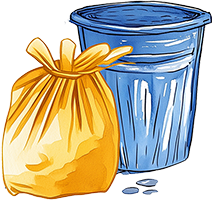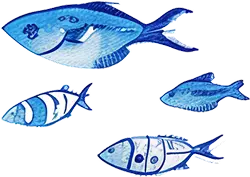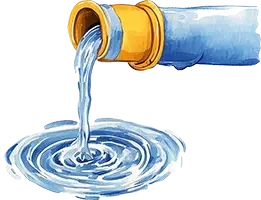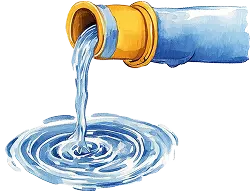
Pollution is the introduction of materials into a freshwater environment and can come from natural causes but mostly originates from anthropogenic (caused or influenced by people) sources. The most common types of pollution to freshwater ecosystems are:
Generally refers to the excreta of humans or animals and may come from household, industrial sources or poorly made or maintained treatment plants. Sewage may have received differing levels of treatment before being released into the waterbody. Untreated or poorly treated sewage can introduce organisms into the waterbody that can cause diseases such as diarrhea or cholera. Even treated sewage can raise nutrient levels causing increased plant growth and reduced oxygen levels in the water leading to fish and other water organisms’ deaths. Signs of sewage pollution include bad smell, foaming water, excess plant and algal growth, fish deaths, and ongoing cases of diarrhea in the surrounding community.
(e.g. plastics or electronics), originates from human activities such as litter, trash, disposable goods, food and drink packaging and may come from a dumping site in or near the waterbody or from general waste, that may be washed by rain into the environment. Solid waste can introduce or concentrate other toxic chemicals to the freshwater environment, impede river flow that may cause flooding, and make the waterbody and surrounding area look unpleasant. In addition, plastics harm biodiversity as animals can ingest micro- and macro-plastics or be injured by entanglement.
Excess nutrients
Such as phosphorus and nitrogen originate from treated sewage, untreated sewage, and agricultural sources. Excessive nutrients lead to eutrophication, a process that leads to algae blooms and decreased oxygen, having lethal consequences for many aquatic fauna, especially fish, and birds.
From urban and rural areas, runs off into waterbodies during heavy rains, and may be caused by deforestation, urban development, land degradation (low soil infiltration or no plants on land to “hold” soil) and some farming practices. Excessive sediments in a waterbody harm freshwater species by decreasing visibility and impacting habitat.
Originate from agriculture and urban uses (golf course, yards). Pesticides can be very harmful in aquatic environment killing fish and aquatic insects and interfering with their reproduction.
Other contaminants of concern may come either from poor waste management practices within the community (pharmaceuticals, oil, or other liquids dumped into storm drains or leaking from cars onto roads) or from poorly managed industrial waste from factories (heavy metals, toxic chemicals and forever chemicals from flame retardants, non-stick cookware, and water-resistant products).
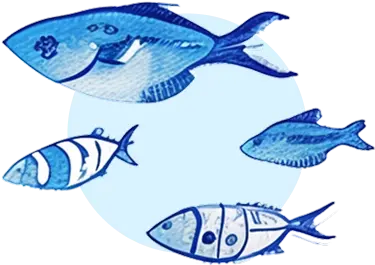
Invasive or Non-Native Species are species that are introduced to a freshwater ecosystem and compete for space and resources with other native, beneficial species. Invasive species can be introduced through accidental means (e.g. on humans clothing or boots) or animals (e.g. seeds on fur or in feces) or non-accidental (e.g. transport and release through a boat’s ballast water). Invasive species can alter habitats, lead to the loss of desirable aquatic or bird species, lead to excessive plant growth in a waterbody, and result in bad smells from algal growth or dying plants on the shoreline.
Over-Exploitation is the action of taking and overusing freshwater ecosystem resources. Examples of freshwater ecosystem exploitation are: overfishing; pumping excess water from groundwater or surface water for industrial, agricultural and domestic uses; and changes in the land use of the catchment area (e.g., detrimental farming practices and expansion, deforestation, infrastructure construction, mining activities and unplanned urbanization). Overexploitation can shift the ecosystem balance and reduce fish and bird populations. It can cause erosion and increase a community’s vulnerability to landslides and floods.
Changes to the Flow Regime are changes that have been made to the freshwater body, such as dams or weirs or stream channelization that change the amount, timing or speed of water as it flows through a freshwater ecosystem. Only one-third of the world’s large rivers remain free-flowing without human obstruction. Dams may change the natural flow regime of waterbodies and change the sediment load of downstream waterbodies which can have a long-term impact on ecosystem health. Dams also can impede fish passage up and down river preventing fish from reaching proper spawning habitat or finding places to live. Upstream channelization can also cause downstream flooding, as the waterbody has less ability to expand and absorb high flows. Hard edges such as cement walls or breakwaters in lakes can have a similar effect as channelization of rivers. They reduce the shallow water zone that is important for aquatic plants and is an important habitat zone for fish eating (insects) and breeding.

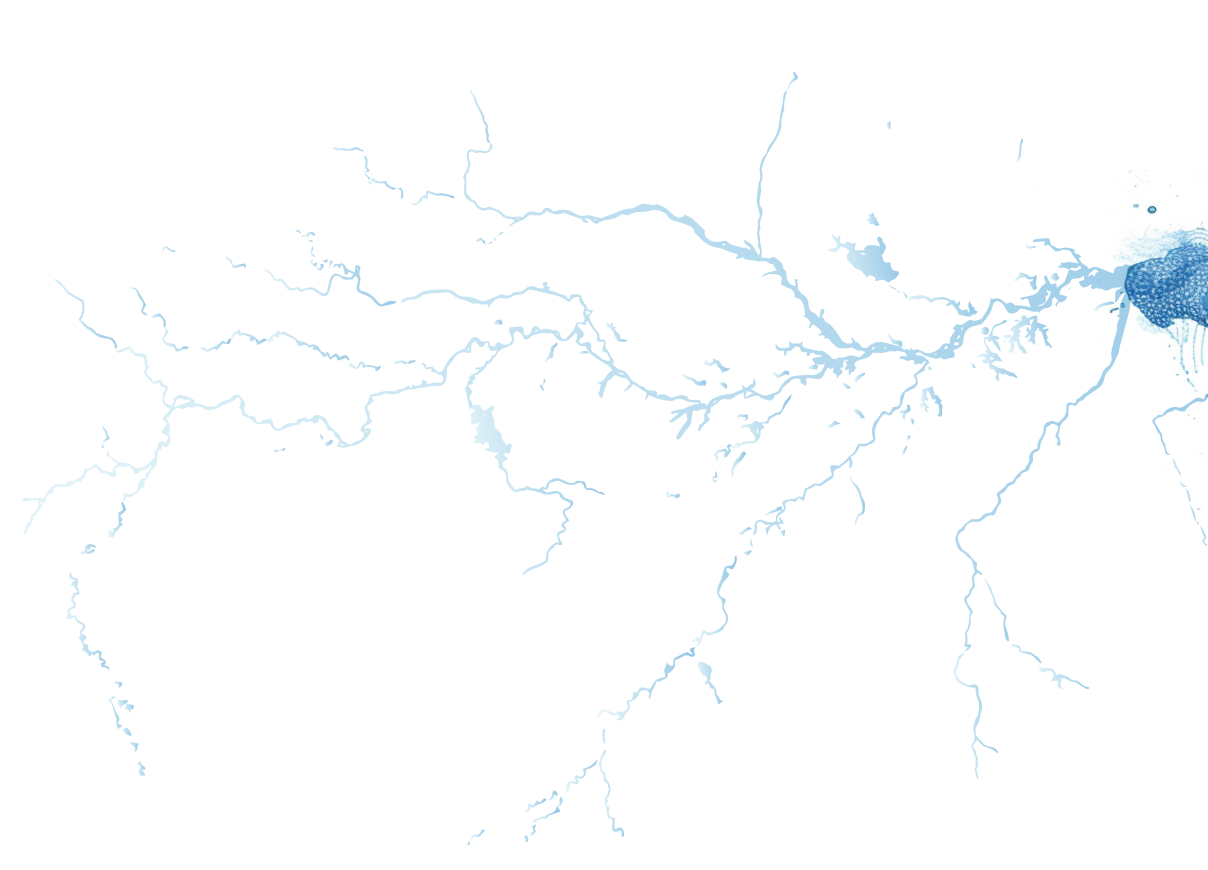
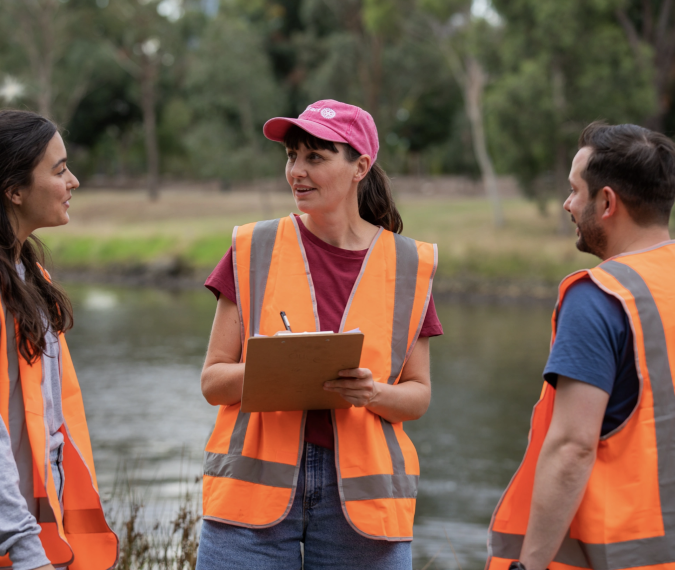 Credit © Rotary International / Copyright Notice © Rotary International. All Rights Reserved.
Credit © Rotary International / Copyright Notice © Rotary International. All Rights Reserved.
